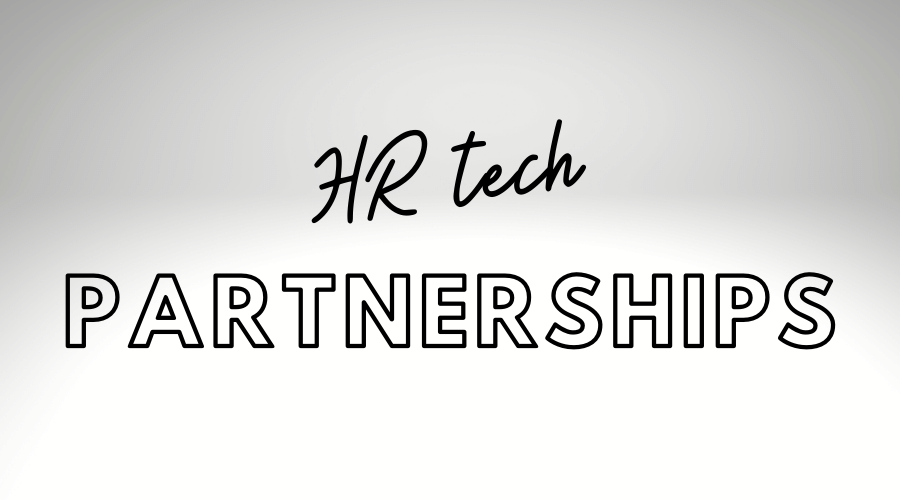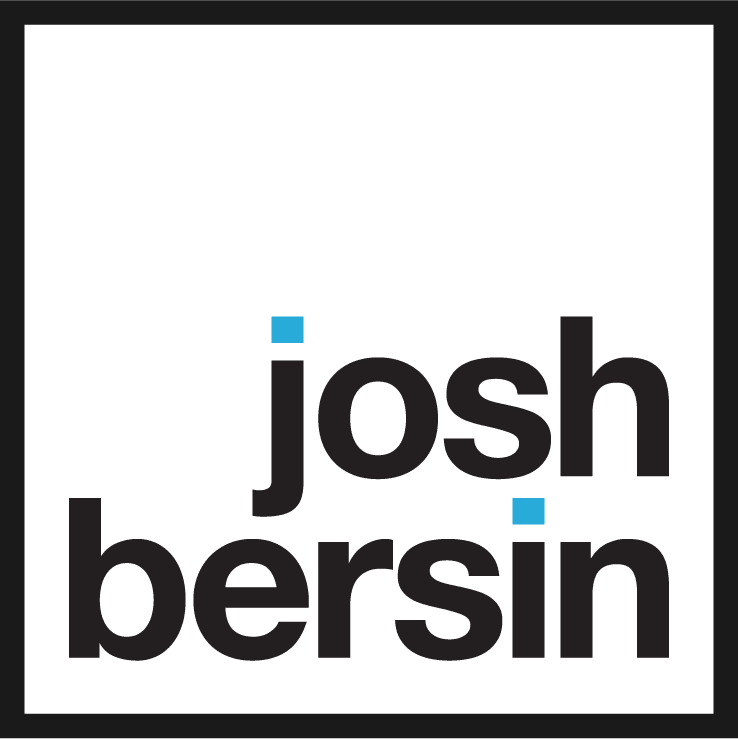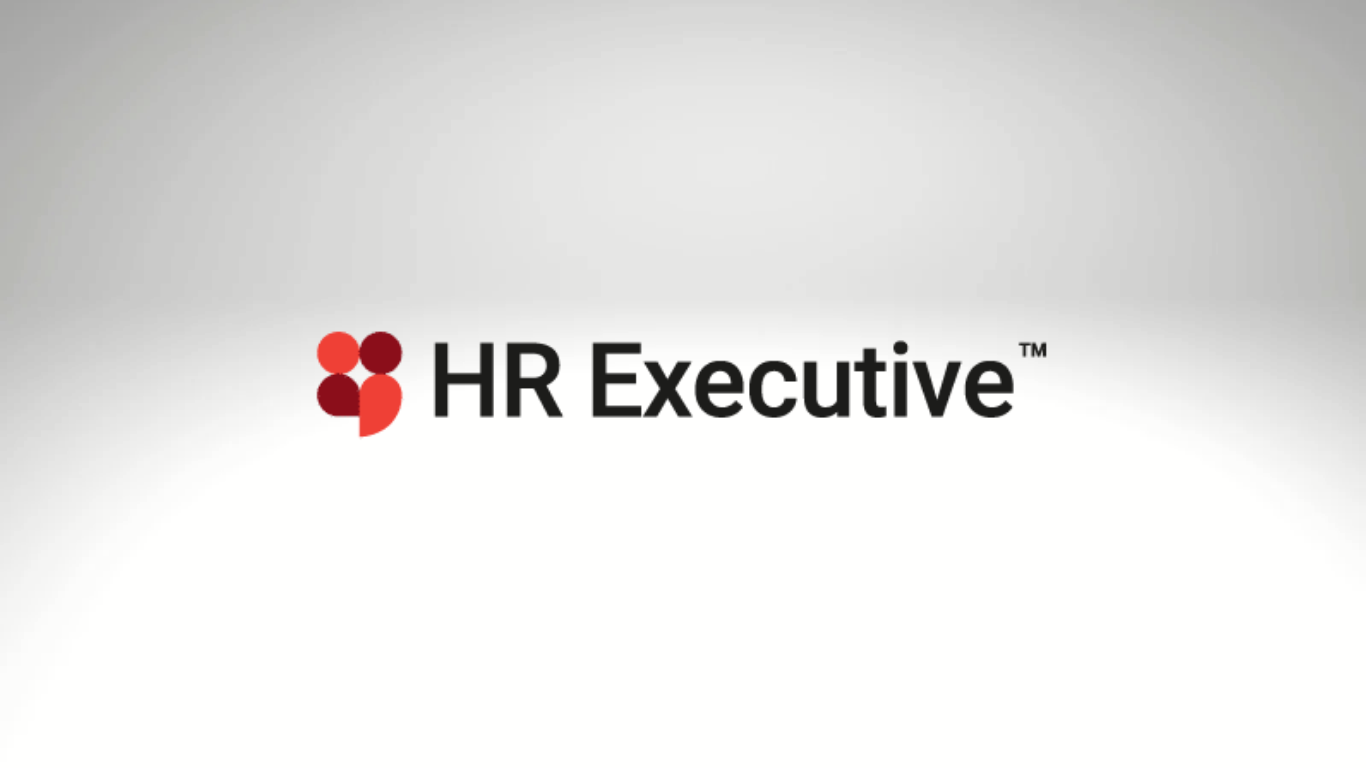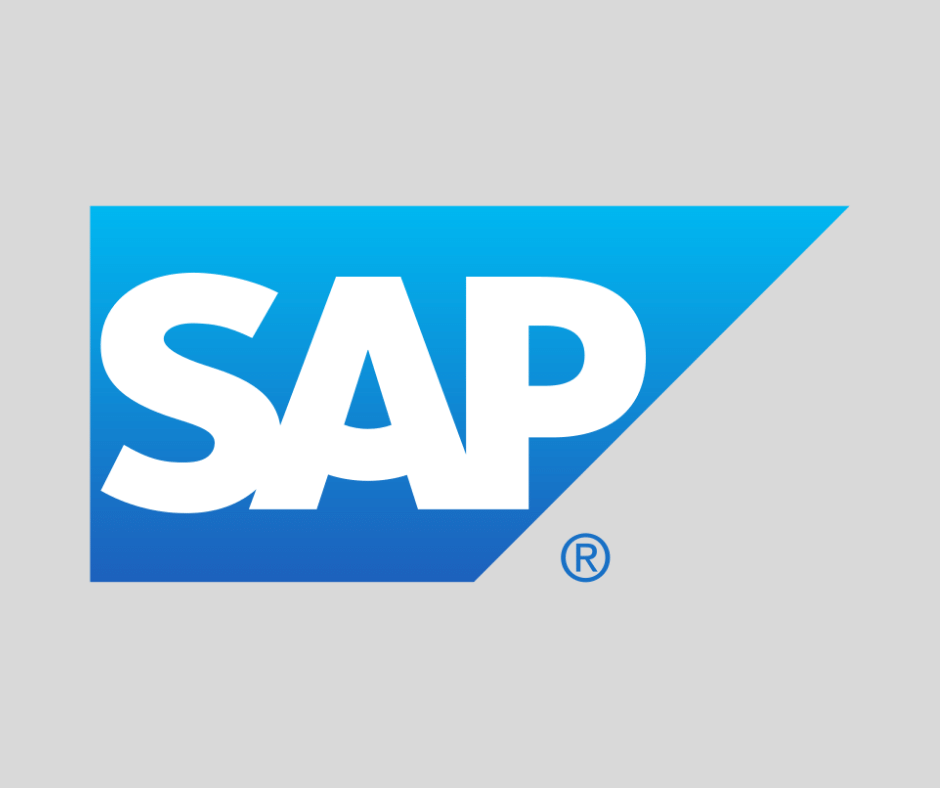Investing in a Human Capital Management (HCM) System is a strategic move that signals a commitment to modernizing HR operations. But for many organizations, that’s where their progress stalls. Months or even years after implementation, HR teams are still relying on manual processes such as spreadsheets, email, and paper forms. Despite having the tools in place, manual processes continue in areas like onboarding, time tracking, performance management, and more.
These manual processes create a disconnect between system capabilities and actual usage. A disconnect that creates inefficiencies, undermines ROI, and leaves value untapped. So, why are so many companies still operating with manual HR processes alongside their HCM systems?
The Hidden Costs of Manual Workarounds
Even with a fully implemented HCM system, it’s common to see teams default to old habits. Using Excel spreadsheets for leave tracking, email chains for approvals, and even printed forms for onboarding. These workarounds may feel familiar or quick, but they introduce inefficiencies and risks.
Common impacts of manual HR processes:
- Inefficiency: Time is wasted filing, searching, and routing paper or email-based tasks.
- Inaccuracy: Errors in spreadsheets can lead to payroll mistakes or compliance violations.
- Compliance Risk: Without automated alerts and documentation, compliance becomes more challenging.
These issues compound into broader challenges:
- Data Duplication & Inconsistency: Multiple entry points create conflicting records and errors.
- Wasted Time: HR staff members are spending hours on tasks that their HCM system could automate and complete in seconds.
- Audit Vulnerability: Manual systems can leave you vulnerable, as they often lack traceable audit trails.
- Employee Frustration: Today’s workforce expects fast, digital experiences—manual workflows don’t deliver.
The Advantage of Fully Leveraging Your HCM System
A properly adopted HCM system centralizes and streamlines key HR functions (onboarding, time tracking, benefits administration, performance management). When fully utilized, the benefits are clear:
Diagnosing the Problem
To get the most out of your HCM investment, you first need to identify the core issue.
Is the system a poor fit, or is it simply underused?
If the technology was carefully chosen and implemented, adoption is often the root challenge. Here’s how to assess and improve:
- Audit Your Processes
Identify where manual steps exist. If your system can handle them, the issue is likely adoption, not functionality. - Invest in Training and Change Management
HR team members need to understand both how and why to use the system. Tailored, role-specific training increases adoption and confidence. - Partner with IT and Leadership
System success requires cross-functional collaboration. Collaborate to solve integration issues and improve design and usability. - Measure and optimize
Set Key Performance Indicators (KPI) to fully understand adoption, including logins, workflow completion, and time to complete (plus time saved). Regularly review these measurements to identify areas to optimize and improve.
If your system still falls short after addressing these factors, it may be time to consider a new solution. The exercise of reviewing and monitoring your current system will build a foundation by identifying the system weaknesses and their underlying causes.
When it’s Time for a New Solution
An underperforming system isn’t necessarily a failure, but it is a sign that something needs to change. A structured approach can ensure your next steps are strategic and practical:
- Document Pain Points: Be specific about where and why the current system doesn’t meet your needs. Use what you learned from the audit and the KPIs you monitored. These metrics allow you to identify specific pain points.
- Engage Stakeholders: Include stakeholders from across your organization. Invite leaders from HR, IT, finance, and key departments to gather input and align organizational goals.
- Evaluate New Options: Explore platforms that better match your workflows, user needs, and compliance requirements.
- Build a Transition Plan: Create a roadmap for data migration, change communication, and phased implementation.
Turning Potential into Performance: Partnering for HCM Technology Success
The true value of your HCM system doesn’t come from simply owning the technology; it comes from using it to its full potential. When manual processes are eliminated and automation is embraced, HR can operate more strategically, mitigate risk, and deliver a better employee experience.
But meaningful transformation requires more than just good intentions. Transformation requires expertise, alignment, and structure.
Turning potential into transformation is where an experienced HR technology expert consultant can be invaluable. An expert HRchitect consultant will help assess system adoption, identify gaps between capabilities and actual usage, and guide teams through meaningful improvements. If the current system isn’t the right fit, they can also lead an objective evaluation process to find a better-aligned solution through our rigorous system evaluation and selection process.
With the proper guidance, organizations can shift from frustration to optimization—and finally realize the ROI their HCM system was designed to deliver.
Ready to get out from under the manual workaround? Let’s talk about how HRchitect can help you maximize your HCM technology investment and build a roadmap for the future. We can lead you through an audit of your system through our People, Process & Operations Assessment (PPOA), drive adoption through change management, or identify a better solution for your business through our evaluation and selection services. We are your HCM technology consulting partner for every stage of your HCM technology lifecycle. Contact us today to learn more about our services.
About the Author

Michelle Peart has over 25 years of experience in human resources and project management. She has a proven track record for developing and implementing new procedures, reducing redundant processes, and implementing efficient systems. She excels in utilizing research, analysis, implementation, and evaluation skills to accomplish individual and team goals. Michelle is customer service-driven and a creative contributor with a knack for researching, troubleshooting, and problem-solving.
Michelle enjoys creating many different activities outside of work, whether it’s crochet, gardening, needlepoint, quilling, or puzzling; it’s all about creating something tangible.
Learn more about Michelle on LinkedIn.






















